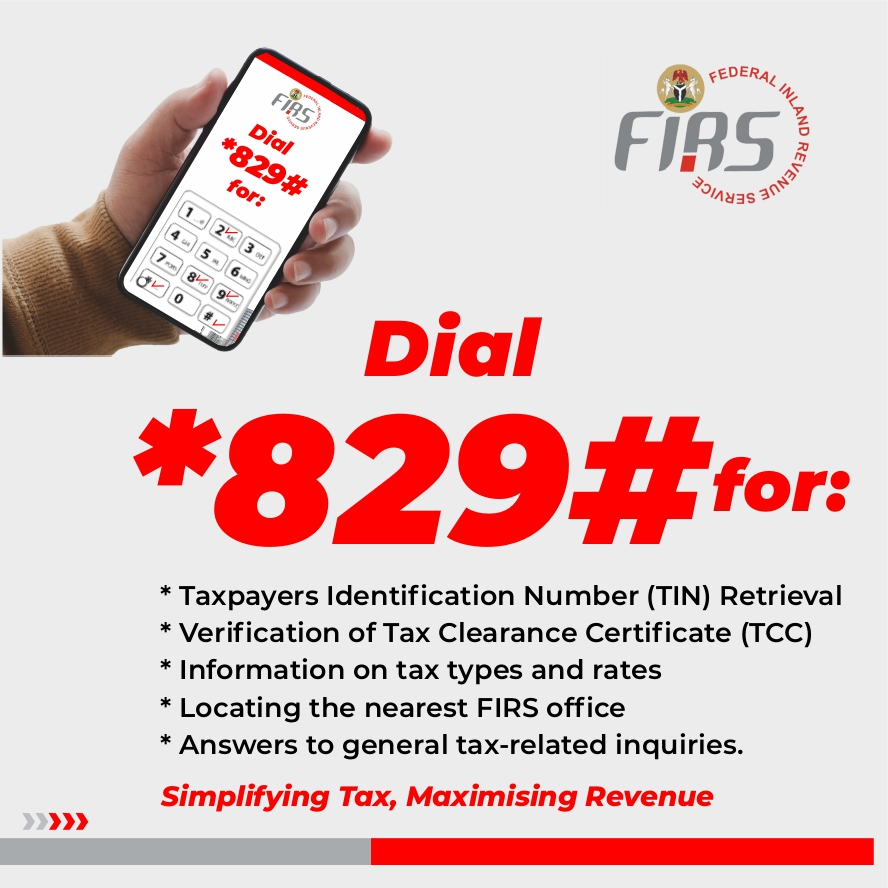Politics
Financial Experts Pick Holes In Buhari’s Unsustainable Borrowing
The nation’s external debt stock could hit over $36 billion if the National Assembly approves the $4.054 billion new borrowing request presented by the executive to the federal legislators, yesterday.
President Obasanjo had to launch a relentless debt relief campaigned for Nigeria when in 2004 the nation’s debt external stood at $36 billion, with the country spending more on interest payments than on health care and education, put together. This debt relief effort yielded fruit on June 29, 2005, when the Paris Club and Nigeria agreed on a US$18 billion debt relief package, with the country paying off the balance to free the nation.
Official figures of the Debt Management Office put the external debt stock at $32. 859 billion, as of March 31, this year.
Since then, the National Assembly has approved an $8. 325 billion new borrowing plan for the President Muhammdu Buhari, administration to enable it to implement the 2021 budget.
That approval followed the consideration of a report on the 2018-2020 External Borrowing (Rolling) Plan by the Committee on Local and Foreign Debt.
Chairman of the Committee, Senator Clifford Ordia, had explained that the borrowing was imperative due to the shortfall in the country’s annual revenues in relation to the need for rapid infrastructural and human capital development, adding, “we have had to pass deficit budget every year, requiring us to borrow to finance the deficit in our budget.”
However, the administration has yet to borrow the entire figure, as approved, as officials of the Federal Ministry of Finance, Budget and National Planning are said to be weighing the options available to the nation, in order to get the best deal, with concessionary facilities being considered as their preference.
It was learnt that the 2018-2020 External Borrowing Plan contained $36.837 billion.
However, only about $7 billion was approved by the Sen. Bukola Saraki-led Senate of the 8th Assembly, in the first instance.
Consequently, the executive was said to have continued to re-present the request to the Red chamber.
For instance, the July approval was obtained after the president re-presented the request for $26.154 billion.
Debt servicing capacity should critical — MudaYusuf
For most analysts, while the reason for the borrowing spree has become worrisome due to the weakening capacity to service the debts.
Dr Muda Yusuf, Economist and former director-general of the Lagos Chamber of Commerce and Industry, LCCI, said: “The growing stock of debt is a cause for concern. Current levels of debt are already at an unsustainable threshold. If over 80 per cent of revenue is used to service debt, then it is about time to slow down on debt accumulation.
“From reports, this request is new as it was not covered in the original borrowing. It is an addendum to the original plan which had already been approved.
‘‘Of course, there is merit in borrowing for infrastructure development, but even at that, the capacity to service the debt sustainably should be a critical consideration. The risk is that at this rate, part of the borrowing will inevitably be used to fund recurrent expenditure. Already, actual revenue can hardly cover the recurrent budget. The risk of ending up in a debt trap is quite high.”
Also commenting, Ayodeji Ebo, Head, Retail Investment, Chapel Hill Denham, a Lagos based investment house, said the rate of accumulation of loans by the federal government is becoming unsustainable due to low productivity.
He said: “For transparency, these borrowings should be attached to projects like the Sukuk bond offer. The rate of accumulation of loans is becoming unsustainable due to low productivity. With debt servicing as a proportion of actual revenue almost hitting 100 percent, it calls for serious concern. The exchange rate risk that balloons our borrowings in naira value will also be amplified with continued external borrowings.”

